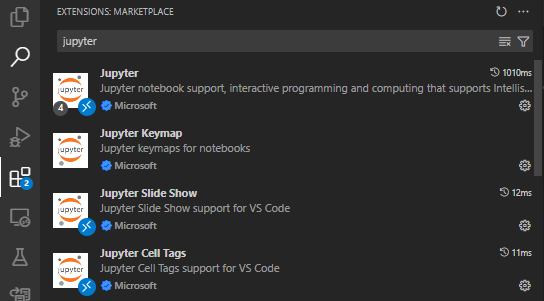Frequently Asked Questions (FAQ)¶
Using Seismometer without an events dataset¶
In case your predictions dataset already includes a specified target, you can
avoid merging in any events data and still leverage the model performance evaluations
available in seismometer.
Update the usage_config.yml’s data_usage section, removing any lines
that reference the events or event_table definitions. Also validate that
the primary_target matches the name of the target column in your dataset.
# usage_config.yml
data_usage:
entity_id: patient_nbr
context_id: encounter_id
primary_output: LGBM_score
primary_target: Readmitted within 30 Days
predict_time: ScoringTime
features:
- admission_type_id
- num_medications
- num_procedures
cohorts:
- source: age
display_name: Age
- source: race
display_name: Race
- source: gender
display_name: Gender
event_table:
type: Type
time: EventTime
value: Value
events:
- source: TargetLabel
display_name: Readmitted within 30 Days
window_hr: 6
offset_hr: 0
usage: target
censor_min_count: 10
Then, adjust your config.yml to remove any reference to an events dataset.
# config.yml
other_info:
usage_config: "usage_config.yml"
template: "binary"
info_dir: "outputs"
event_definition: "dictionary.yml"
prediction_definition: "dictionary.yml"
data_dir: "data"
event_path: "events.parquet"
prediction_path: "predictions.parquet"
metadata_path: "metadata.json"
Note
You can still use an events dataset in combination with a target in your
predictions dataset. Don’t tag any events in the data_usage configuration
with usage: target and everything else should work as intended.
See also
Adding risk groups as a cohort¶
The following configuration file demonstrates an example of adding
risk groups as a possible cohort for analysis. Make sure your cohort defines
a display_name for the new cohort that is different from the underlying
score column, otherwise you will replace the existing column in the loaded dataframe.
# usage_config.yml
data_usage:
# other configured data usage ...
cohorts:
# other configured cohorts ...
- source: Score
display_name: Risk Group
splits:
- 0.08
- 0.15
- 0.30
Viewing feature reports in Visual Studio Code¶
By default, Visual Studio Code does not come with a way to view rendered HTML. To support this, navigate to the Visual Studio Code extension marketplace and ensure you have the Live Preview extension installed and enabled:

With the extension enabled, you can right-click on HTML files in the Visual Studio
Code file explorer and select Show Preview to view the file as rendered HTML.
Selectors don’t show in Visual Studio Code¶
Occasionally, using notebooks in Visual Studio Code will result in broken selectors, widgets, or visualizations.
Visual Studio Code relies on support files from a third party website that need additional configuration.
First, navigate to the Visual Studio Code extension marketplace and ensure you have the Jupyter extension installed and enabled:

Then, open your Visual Studio Code extension settings (Ctrl+, on Windows or Cmd+, on Mac),
search for jupyter.widgetScriptSources, and add jsdelivr.com and unpkg.com to the list.
